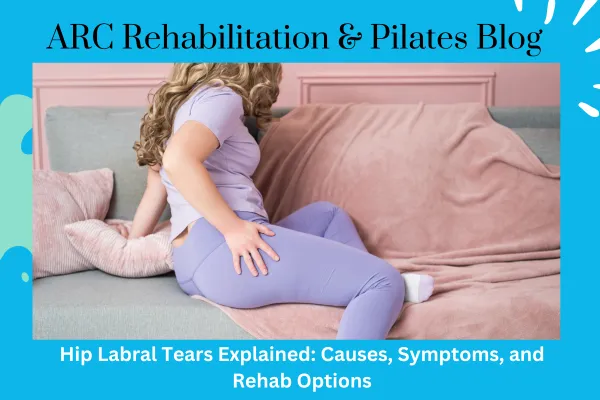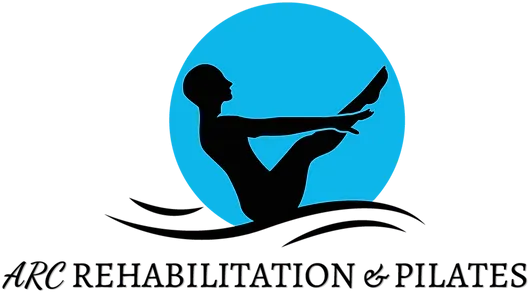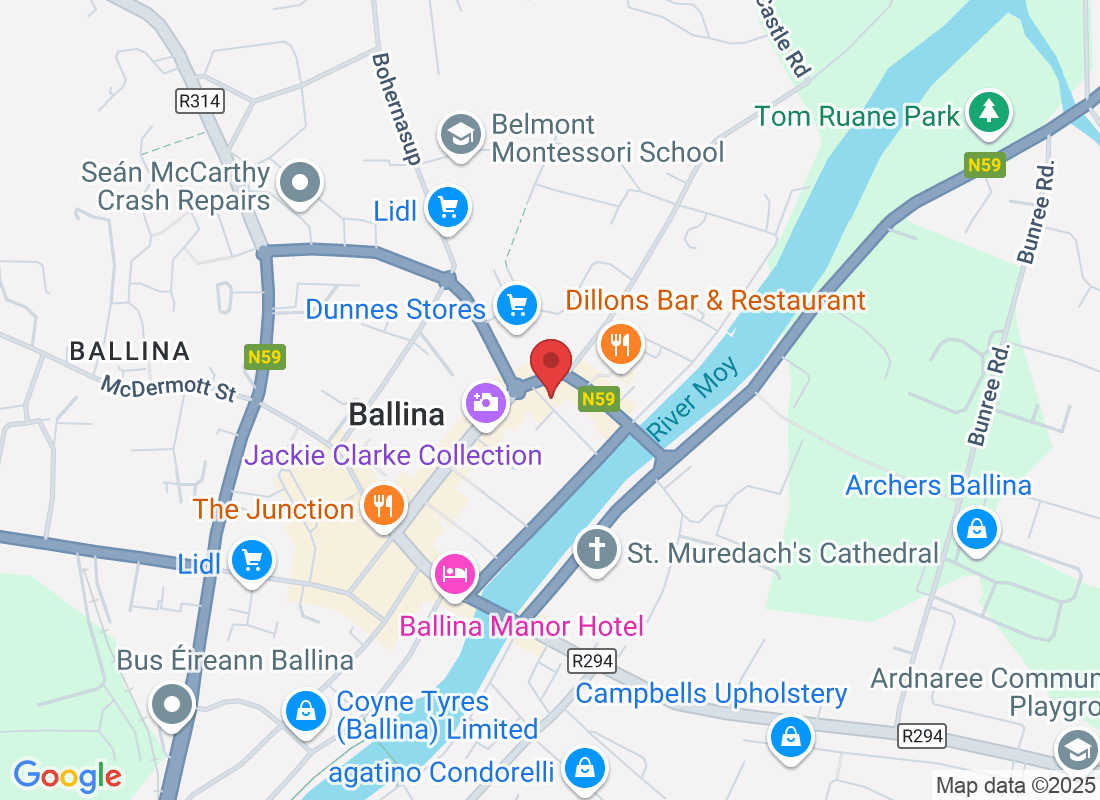Tips & Advice From ARC Rehabilitation & Pilates

Hip Labral Tears Explained: Causes, Symptoms, and Rehab Options
If you’ve been feeling a sharp catch or a dull ache deep in your hip every time you sit, twist, or move in a certain way, you’re not alone. That kind of discomfort could be pointing to something more specific—like a hip labral tear.
At ARC Rehabilitation & Pilates, we see a lot of people come through our doors with persistent hip pain and no clear answer as to why. And once we assess their movement and listen to their symptoms, a hip labral tear is often the missing piece of the puzzle.
So let’s break it down—what exactly is a hip labral tear, how does it happen, and what can you do about it?
What Is a Hip Labral Tear?
Inside your hip joint is a ring of cartilage called the labrum. It acts like a cushion or seal around the socket of your hip, keeping the joint stable and helping it move smoothly. When this cartilage gets torn—whether due to injury, wear and tear, or anatomical issues—it’s known as a labral tear.
Some people don’t even realise they have one. Others feel pain, stiffness, or a clicking sensation in the joint. And because hip pain can often feel vague or hard to pinpoint, labral tears sometimes get misdiagnosed or overlooked entirely.
Common Causes of Hip Labral Tears
Not all labral tears are caused by a single injury. Sometimes they’re the result of a gradual build-up of stress on the joint over time.
Here are a few common causes:
Repetitive movement – Sports or activities involving twisting, pivoting, or high-impact motion (like football, running, or dance) can stress the hip joint.
Structural issues – Conditions like femoroacetabular impingement (FAI), where the bones of the hip joint don’t quite fit together perfectly, can lead to increased friction and damage.
Trauma – A direct impact to the hip, such as a fall or car accident, can result in a sudden tear.
Degeneration – As we age, cartilage naturally wears down. For some, this leads to labral damage and discomfort during everyday movement.
Symptoms to Watch For
Labral tears don’t always show up in obvious ways. Some people feel a sharp, stabbing pain. Others just notice their hip feels “off” during certain activities.
Typical symptoms include:
A deep ache in the front or side of the hip
Clicking, locking, or catching sensations in the joint
Pain that worsens with prolonged sitting, walking, or activity
Limited range of motion or stiffness
Weakness or instability in the hip or groin
If any of these sound familiar, it’s worth getting things checked out. A detailed assessment from a rehabilitation specialist can help identify what’s going on and how best to move forward.
How Rehabilitation Can Help
The good news? Not all labral tears require surgery. In many cases, targeted rehabilitation can significantly reduce pain, improve mobility, and help prevent the problem from getting worse.
At ARC Rehabilitation & Pilates in Ballina, we take a hands-on, structured approach to hip recovery. Here’s how we usually tackle it:
1. Detailed Assessment
We start by taking a thorough look at your movement, posture, and lifestyle. This helps us identify what’s causing stress on the hip and where things might be going wrong.
2. Manual Therapy
Hands-on techniques like joint mobilisation and soft tissue release can help ease muscle tightness, improve circulation, and restore range of motion in the joint.
3. Strength and Stability Work
Rehabilitation exercises are tailored to target the muscles that support your hip—especially your glutes, core, and pelvic stabilisers. Stronger support = less strain on the labrum.
4. Movement Re-education
We’ll also work on improving how you move during day-to-day activities. Small adjustments in posture or walking pattern can make a big difference in preventing further irritation.
5. Lifestyle Advice
From modifying your training routine to improving your desk set-up, we’ll help you find ways to reduce repetitive strain and avoid flare-ups.
When Is Surgery Needed?
In some cases, surgery might be necessary—particularly if the tear is severe or if conservative treatments haven’t helped. But even then, post-surgical rehabilitation plays a crucial role in helping you return to normal movement safely and confidently.
Final Thoughts: You Don’t Have to Live with Hip Pain
If hip pain has been nagging at you for weeks or months, don’t dismiss it as just tight muscles or a sign of getting older. Labral tears are more common than you think, and with the right support, you can absolutely get back to doing the things you love.
At ARC Rehabilitation & Pilates, our team is here to help guide you through a personalised rehab plan that addresses your symptoms and supports long-term recovery.
Ready to take the first step? Book your initial consultation with one of our experienced rehabilitation specialists in Ballina and let’s get your hip moving again—pain free.
📞 Call Us Today: 0861763809
📧 Email: [email protected]
Ask ARC Rehabilitation & Pilates And Their Team
Fill in the form to request a call from our team. One of our team members will call you for FREE and answer any questions or concerns you may have about your condition
Where To Find ARC Rehabilitation & Pilates

If you have any questions before scheduling an appointment or for general inquiries, please use the contact us button below. Our team will promptly reach out to assist you.
Opening Hours
Monday: 9:30am – 8:00pm
Tuesday: 9:30am – 8:00pm
Wednesday: 9:30am – 8:00pm
Thursday: 9:30am – 8:00pm
Friday: 9:30am – 1:00pm
Saturday: Closed
Sunday: Closed

